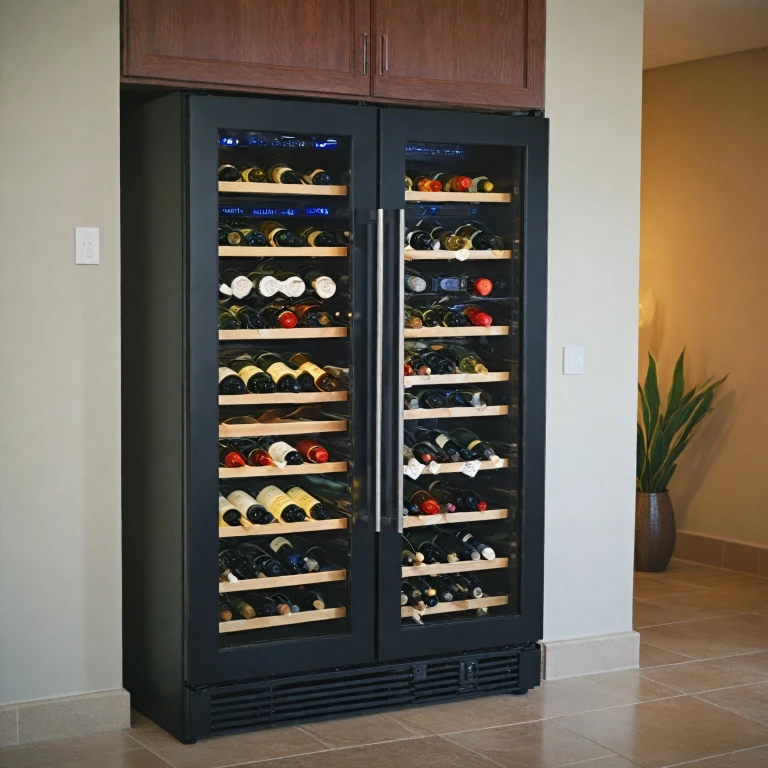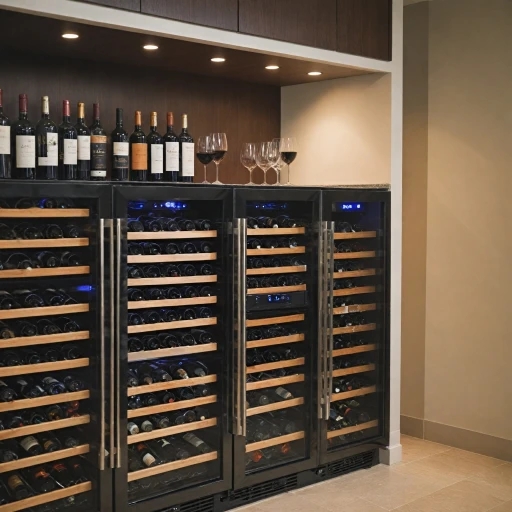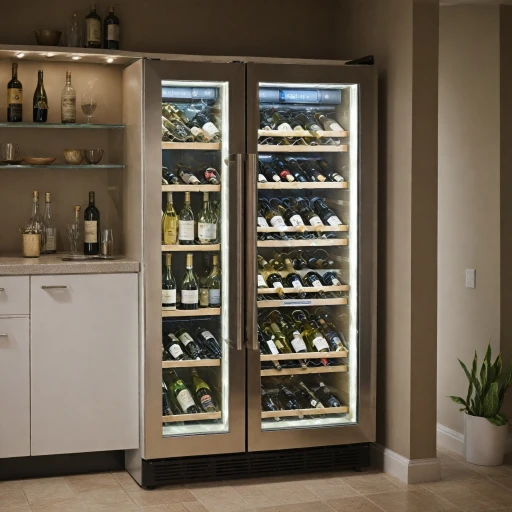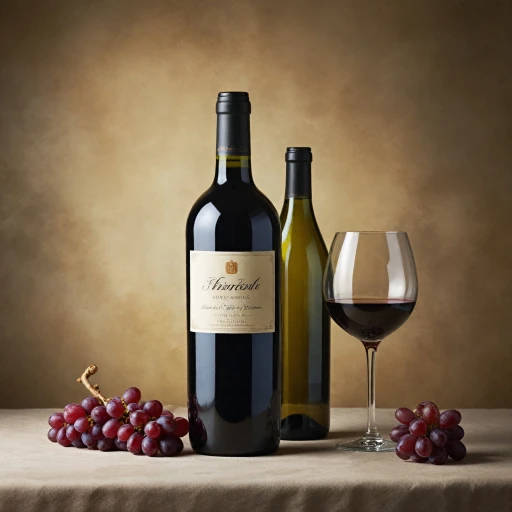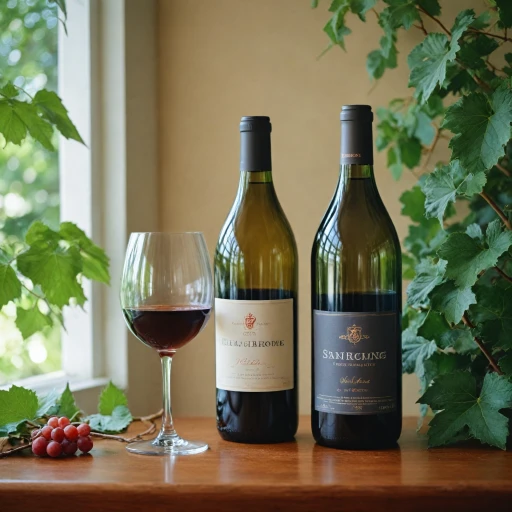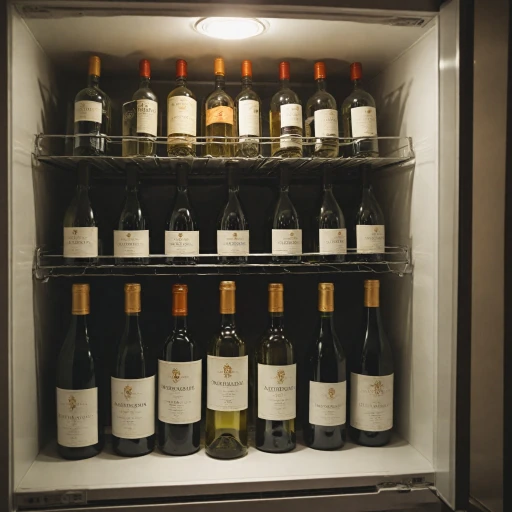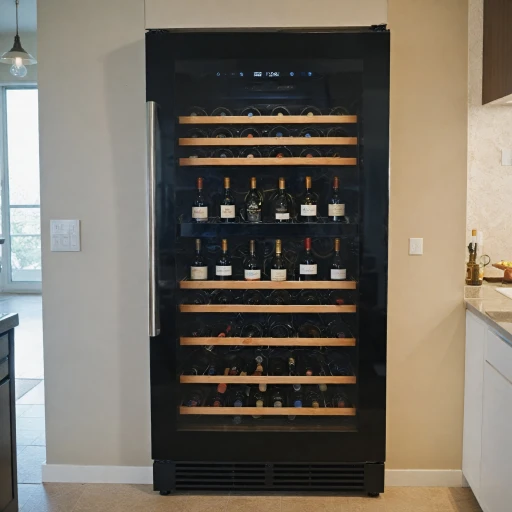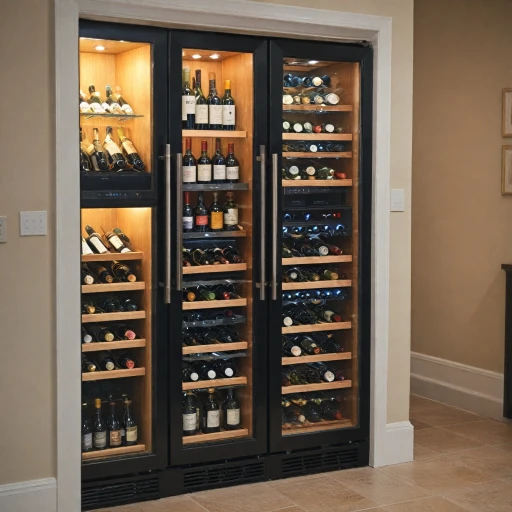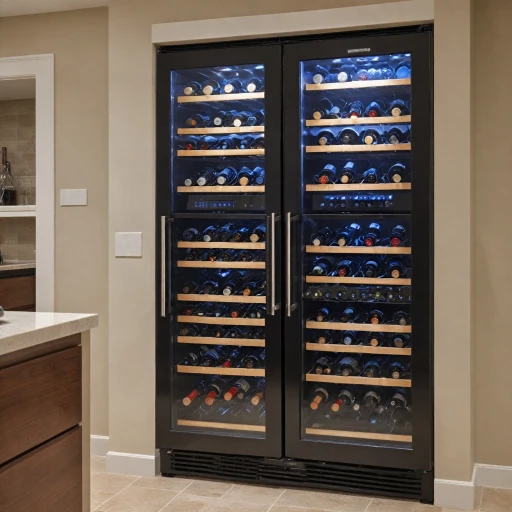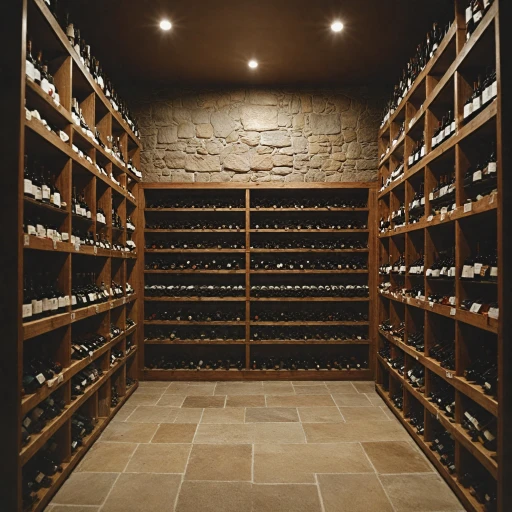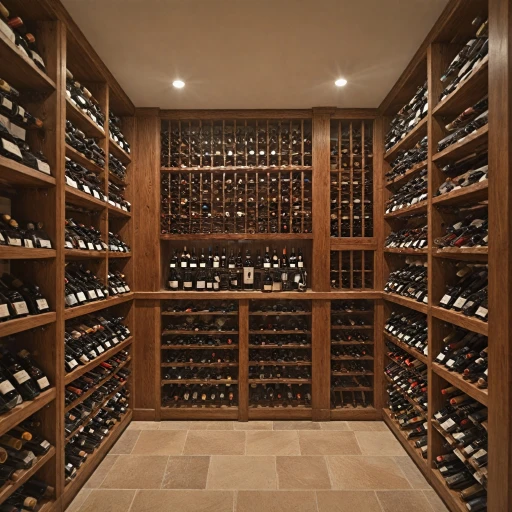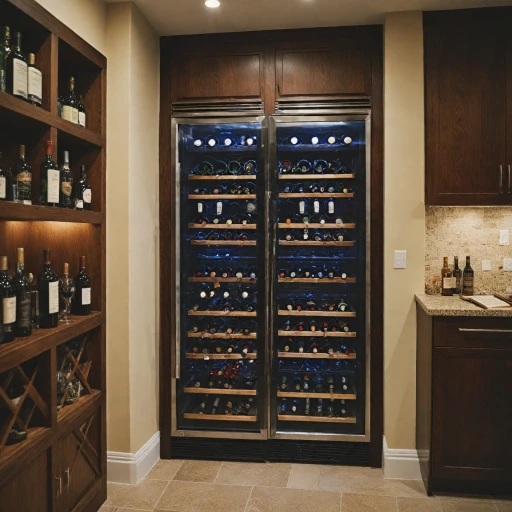
Understanding White Wine Varieties
Exploring the Diversity of White Wines
White wines offer a diverse range of flavors and aromas, each variety bringing its own unique characteristics to the table. Understanding these differences is crucial when considering the optimal temperature for storing wine. From the crisp and refreshing Sauvignon Blanc to the rich and full-bodied Chardonnay, each type of white wine has its own ideal storage conditions.
White wines are typically lighter and more delicate than their red counterparts, which means they often require different storage and serving temperatures. For instance, a light-bodied white like Pinot Grigio is best served chilled, enhancing its refreshing qualities. On the other hand, a full-bodied white wine, such as a Viognier, benefits from slightly warmer temperatures to fully express its complex flavors.
When storing white wines, it's important to consider the specific needs of each variety. This ensures that the wine maintains its intended taste and aroma profile. The right wine fridge can help you achieve this by providing a stable environment with precise temperature control. As you explore the science behind wine storage, you'll discover how maintaining the right conditions can preserve the quality of your wine collection.
In addition to temperature, factors such as humidity and light exposure also play a role in wine storage. By choosing the right wine refrigerator, you can create the perfect environment for your white wines, ensuring they are always ready to be served at their best.
The Science Behind Wine Storage
The Intricacies of Keeping Wine Cool
When it comes to storing fine wines, the key element is temperature regulation. The science behind wine storage revolves around maintaining an ideal environment that ensures the delicate flavors and aromas of your wines are preserved over time. Whether you’re dealing with full-bodied reds or crisp whites, the appropriate storage temperature can significantly impact the quality of your bottles.
The primary goal of any wine fridge is to replicate the conditions found in traditional wine cellars. These are characterized by consistent temperatures, typically much lower than standard room temperature. A wine refrigerator provides a controlled environment where the ideal temperature can be maintained effortlessly. For white wines, this temperature is often cooler compared to reds. Most enthusiasts suggest a range between 45-50 degrees Fahrenheit, which is optimal for preserving the vibrant notes specific to whites.
Temperature swings are a common pitfall in wine storage. Fluctuations can cause corks to expand and contract, leading to unwanted exposure to air which can spoil the flavor. Therefore, ensuring a stable climate within your wine cooler is crucial. Besides temperature, other factors such as humidity, vibration, and light also play a part in wine preservation, but the temperature is often the most immediate consideration.
One should choose a dual-zone wine fridge if they want to store both red and white wines at their respective best serving temperatures. This option allows you to keep reds and whites in the same appliance, yet independently controlled, to ensure each type is consumed at its optimal flavor profile.
Recommended Temperature Ranges for White Wines
Finding the Perfect Storage Conditions for Your White Wines
Achieving the ideal temperature for white wine storage is crucial for preserving its delicate flavors and aromas. While different white wine varieties require specific storage conditions, maintaining a consistent temperature is key to preventing spoilage and ensuring peak quality. Understanding the temperature requirements will help you make the best use of your wine fridge. White wines are generally more sensitive to temperature fluctuations than red wines. The best storage temperature for white wine is typically cooler than that for red wine, making it essential to carefully select the settings on your wine cooler.- Light-Bodied Whites such as Sauvignon Blanc or Pinot Grigio thrive at storage temperatures between 45-50 degrees Fahrenheit. Storing them within this range helps preserve their refreshing acidity and crisp flavors.
- Full-Bodied Whites like Chardonnay or Viognier are best stored slightly warmer, ranging from 50-55 degrees Fahrenheit. This allows their rich, complex flavors to develop fully without becoming overly chilled.
- If your refrigerator features a dual-zone function, allocate one zone for your white wine collection at these optimal temperatures. This maintains the wine's integrity and ensures that when a bottle is served, it comes with the best possible taste and bouquet.
Common Mistakes in Wine Storage
Avoiding Typical Wine Storage Mistakes
When storing wines, especially white wines, in your wine cooler or fridge, it's crucial to steer clear of common pitfalls that can impact the quality and flavor of your cherished bottles. Knowing what to avoid is just as important as understanding the ideal temperature settings.
One frequent mistake involves improper temperature settings. For instance, storing white wines at a temperature that is too low or too high can impair their aromas and flavors. Unlike reds, white wines thrive at a cooler storage temperature, but remember that excessive cold can mute the intricate notes of a bottle wine.
Another error is not making use of the right wine storage appliances. While a standard refrigerator might seem convenient, it isn’t ideal for long-term storage. Investing in a specialized wine fridge or cooler, which maintains consistent wine temperatures, ensures that your white wines are kept at their optimal serving temperature.
It’s also essential to steer clear of fluctuating temperatures. Positioning your wine fridge in a space with consistent climate and away from heat sources will help maintain the best conditions for your wines. Ensuring your wine fridge is set to an ideal temperature range appropriate for white wines guarantees they will be served at their peak.
A common oversight involves neglecting to arrange your wines properly within the cooler. This mistake can lead to uneven temperature exposure. Position your bottles in the zone where they will receive equal cooling, ensuring each bottle will be stored uniformly.
Lastly, it’s crucial not to overlook the maintenance of your wine storage equipment. Regular cleaning and checks of your wine fridge help provide a stable environment for storing white wines.
Choosing the Right Wine Refrigerator
Finding the Perfect Wine Refrigerator for Your Needs
Choosing the right wine refrigerator is crucial for maintaining the ideal storage temperature for your white wines. With a variety of options available, it's important to consider several factors to ensure your wines are stored at their best.
- Capacity: Consider how many bottles you plan to store. Wine fridges come in various sizes, from compact units that hold a dozen bottles to larger models that can accommodate over a hundred. Think about your current collection and future growth.
- Temperature Zones: Dual-zone wine coolers are ideal if you plan to store both red and white wines. These fridges allow you to set different temperatures for each zone, ensuring that each type of wine is stored at its optimal temperature.
- Temperature Range: Ensure the fridge can maintain the recommended temperature range for white wines, typically between 45-50 degrees Fahrenheit. This range is crucial for preserving the delicate flavors and aromas of your white wines.
- Energy Efficiency: Look for energy-efficient models that will help reduce electricity costs while maintaining consistent temperatures. Energy Star-rated appliances are a good choice.
- Design and Features: Consider the design and additional features such as UV-resistant glass doors, adjustable shelves, and digital temperature controls. These can enhance both the functionality and aesthetic appeal of your wine storage solution.
By carefully selecting a wine refrigerator that meets these criteria, you'll ensure that your white wines are stored under the best conditions, ready to be served at their ideal temperature.
Maintaining Your Wine Refrigerator
Ensuring Optimal Performance and Longevity of Your Wine Fridge
To maintain the optimal temperature conditions for your favorite wine varieties, it's essential to keep your wine fridge in top shape. Proper maintenance ensures that your cooler efficiently stores both white and red wines, preserving their quality and flavor.
Regular Cleaning
Regular cleaning is crucial for preventing any build-up that may affect the efficiency of your wine storage unit. At least once every three months, unplug your wine fridge and gently clean the interior with a mixture of warm water and mild detergent. Avoid harsh chemicals that might linger and affect the taste of your wines.
Temperature Monitoring
It's important to regularly monitor the temperature settings. Use a reliable thermometer to check that your wine fridge maintains the ideal temperatures for storing white wines and your best red wine collections. Adjust settings as needed to ensure each bottle is stored at its optimal degrees.
Ventilation Awareness
Place your wine fridge in a well-ventilated area. Appliance vents need adequate airflow to function correctly, helping to stabilize the internal storage temperature. This is particularly important for dual zone wine fridges, where precision is key for both red and white wine temperature requirements.
Seal Integrity
Inspect the door seal regularly. A tight seal guarantees that your wine cooler retains cool air and maintains the ideal conditions for storing your wines. Replace any worn or damaged seals to prevent temperature wine fluctuations.
By following these simple maintenance tips, you ensure that your wine collection is always stored at ideal temperatures and your wine cooler remains in excellent condition. This will provide a pleasurable experience every time your wine is served, whether it's full-bodied reds or crisp white wines.

